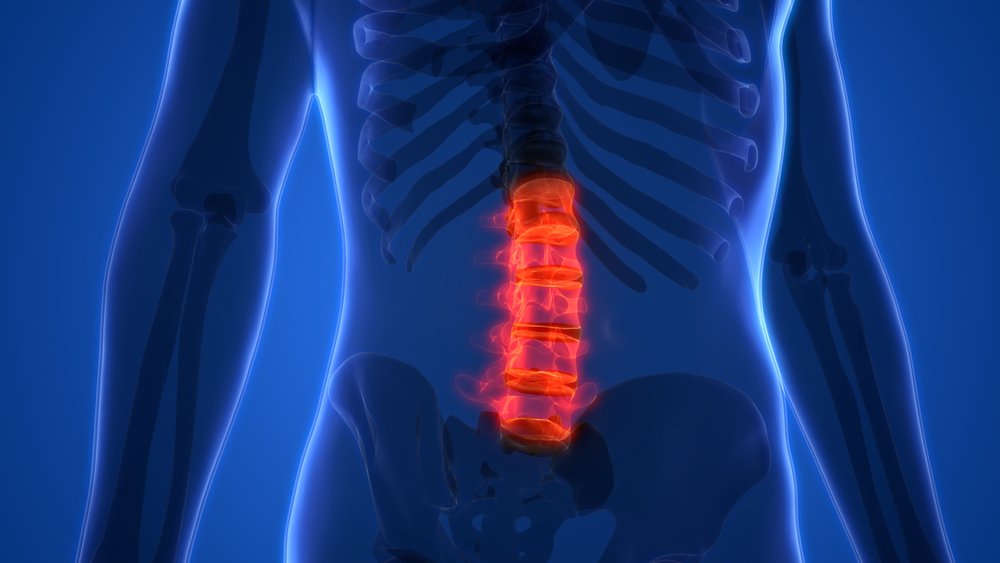Spine Inflammation Might Explain Why Motor Neurons Die in ALS, Researchers Suggest

Inflammation in the spinal cord, at least in part mediated by a molecule called PGE2, likely contributes to the disease processes of amyotrophic lateral sclerosis (ALS), researchers from Nihon University in Japan suggest.
Their study, published in the journal Neurochemistry International, suggests that the molecule signals through one of its four receptors to drive the disease, which is increased in motor neurons of animal models early in ALS.
This inflammation, they argue, might worsen neuron damage in ALS and explain why motor neurons are more sensitive to the disease than other nerve cells.
To reach this conclusion, the study, “Pathophysiological role of prostaglandin E2-induced up-regulation of the EP2 receptor in motor neuron-like NSC-34 cells and lumbar motor neurons in ALS model mice,” used both a mouse model of ALS and lab-grown cells to study the factor.
Earlier studies had indicated that PGE2, or prostaglandin E2, is involved in ALS, as the molecule is found in abnormally high levels in brain tissue, cerebrospinal fluid, and blood serum from patients with sporadic ALS.
But the team wanted to find out which of the four receptors for PGE2, named EP1 to EP4, was at work in the disease. Earlier studies had indicated that PGE2, signaling through EP2 and EP3 in glial cells in the brain and spinal cord, contribute to cell death. So this time, the team took a closer look at neurons.
They found that the EP2 receptor was found in larger numbers in motor neurons of ALS mice in early stages of their disease. When the mice were 11 weeks old — an age at which they had not yet started showing symptoms — they had more EP2 receptors than healthy mice. By 15 weeks, when they start showing ALS symptoms, the numbers were even higher.
The EP3 receptor was not affected by the disease and researchers found it in similar numbers in ALS and healthy mice at both time points.
Using lab-grown motor neuron-like cells, the team further showed that PGE2 signaling triggered cell death and boosted the production of the EP2 receptor, making cells even more susceptible to cell death through the signaling of PGE2.






